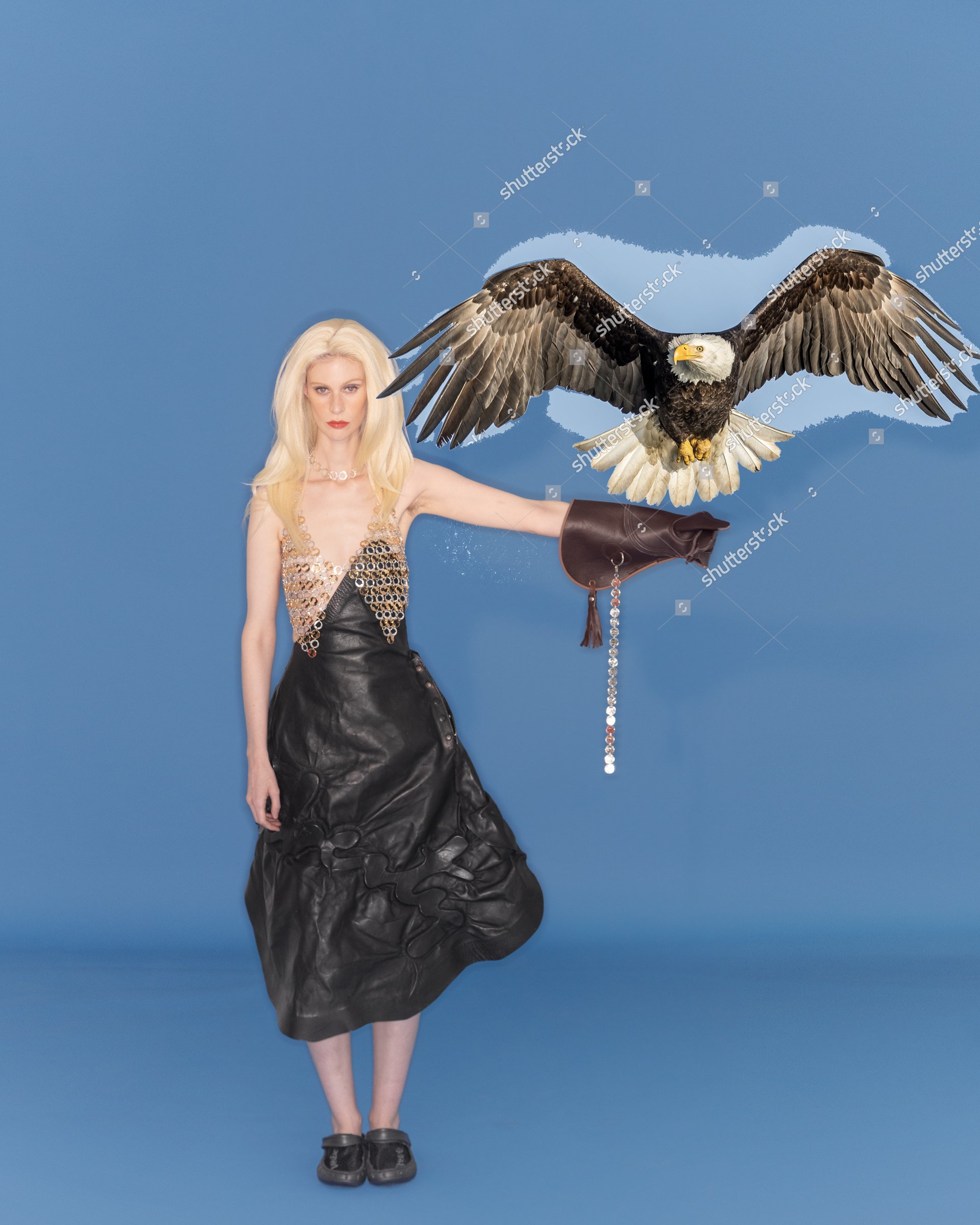HOME > EXHIBITIONS > KOTA OKUDA
Kota Okuda
$17 76¢
February 7 – March 15, 2020
For more information about the artwork, availability and pricing, please email us at
info@nowhere-nyc.com
I am interested in the inorganic humor found in today’s commodity culture, where the notion of value has become nebulous and distorted beyond recognition. I often wonder how this system of values has become so accepted and unchallenged—while also remaining keenly aware that I am playing a part in the game just like everyone else. Hence my obsession with American currency and what it means to consume. Through my work, I deconstruct the value of value. My desire is to bring about a collision between high and low values through the perspectives of commercialism, advertisement, Duchampian conceptualism, and pop aesthetics. As far as inspiration goes, I often cite Karl Marx’s critique of commodity fetishism in his book Das Kapital, Volume I. Through the process of deconstruction, I look at the peculiar relationship we have with American currency. I then reconstruct it through the lens of my irreverent perspective as a tourist in this country. As far back as I can remember, I have been attracted to the ephemeral nature of value in daily life and fascinated with the design and texture of the coins and banknotes of my home country. This life-long obsession with money has led me to dismantle the design elements of coins, banknotes, credit cards, wallets, pouches, and money clips. I savor the journey of creative transformation that takes place in this process. My jewelry background and my craft aestheticism have carried me toward a product-based approach where I value the tangible over the intangible. From making small things large and large things small, to using an eclectic mix of materials, I enjoy creating a visual and textural contradiction. For this solo exhibition titled $17 76¢ (a ref-erence to the year of America’s Declaration of Independence, which was also the birth of modern capitalism), I am presenting not only jewelry and dresses but also photographs, drawings, video, and installations including past and new works.This is my monument to American commodity culture.
INTERVIEW
Money Talks
— An interview with Kota Okuda
How does it feel to work in both the jewelry and fashion worlds?
The verbal communications in jewelry and in fashion are different from each other, but both are based on the sensibility of people rather than the viewpoint of linguistics. Jewelry audiences start by looking at the small details, like techniques and the use of materials. Craftsmanship is very important in jewelry; the audiences tend to read messages from the artist via their process of actually making the work. Through understanding those things, they move toward a further understanding of the general concept of the entire collection. Fashion audiences start by looking through a larger lens at the atmosphere of the presentation and the entire collection. The audiences try to figure out the position of the work in the context of fashion’s history. The designer’s view of the world is the most important thing here, and it should involve the current times and trends as well as thoughtful consideration of gender and sex. The boundary between jewelry and fashion has had a huge impact on me.
Please tell us more about what American currency symbolizes to you.
American currency has a very iconic design that is also somehow sweet—even though the United States is the center of capitalism in the world. I like the color, the smell of the banknote, and the somewhat cheap feel of the texture. And the heritage of the designs evokes a patriotic feeling very easily. I also like that there are presidential portraits and representative monuments on each of the bills. From a Japanese tourist’s point of view, American currency is also an education in American history. Also, when I visit New York, it’s interesting to me how people tend to treat the lower valued, widely circulated money—the one-dollar bill and the penny—almost like trash. They’ll so easily leave a penny on the ground, or spend a dollar without much thought. That easy-going atmosphere is very inspirational to me.
When you describe the piece Pray (from Spiritual Computing series), you mention the spiritual relationship between the physical and the information worlds. I’m really curious what you mean by “spiritual.” Does that mean that machines could become gods in the future?
Well, there are many stories that surround new technologies, and that includes mysterious, unbelievable, and miraculous experiences. But we’re the type of people who tend to think logically whereas others, when faced with an incomprehensible phenomenon, take it in a spiritual way, like, “God helped us!”
Still, when we’re actually making our art, things that feel mysterious sometimes happen. Pray was started from a sudden intuition that something would happen if we attached two optical mice to each other. Of course, that’s really based on scientific reasoning—the reflection of the light between two optical mice should cause an error in their sensors. But the process of that experiment was interesting. We had been trying to put two mice together for ten minutes or so when the mouse cursor on the computer’s desktop suddenly started moving spontaneously if the mice were held against each other in a very specific position, which looked like the shape of praying hands. We simply had to act on our first intuition without having any evidence it would do anything. It was like some unknown power led us there. Doesn’t that sound “spiritual”?
You’ve said that you aim to “expand the meaning of jewelry design in the social sphere.” Can you tell us more about what that means?
I don’t like jewelry that’s simply worn on as a sculptural object on the neck, ear, wrist, or finger. No matter how beautiful the artist’s concept is, I still believe that the work should be connected to society in a larger sense—not just placed in a show cabinet. I believe the term “jewelry” itself is very ambiguous and neutral and that’s why it’s a challenging genre.
Please tell us one book that influenced your art and your worldview.
I [Sembo] read Childhood’s End by Arthur C. Clarke when I was in middle school, right after I learned that it shared the same themes as 2001: A Space Odyssey. I was excited to imagine a point of view that came from outside the human species. I might be misremembering this, but I believe that in the book, humans start to make art after they realize that the path of evolution has ended and there is no reason to exist anymore. That idea impacted me, and I’ve kept thinking about it since.
Which have been your favorite materials to work with when making jewelry?
I handle all materials, from plastic to platinum. I don’t have a favorite, but I do love working with household materials that people tend to use in daily life while never thinking too hard about their purpose. There is a sense of freshness and surprise in using those things.
What about in terms of fabrics? Any favorite materials there?
Well, I actually hate soft material and therefore I hate fabric. I’m obsessed with making my pieces very stiff. That’s how I become friends with them. For example, the giant banknote was made of printed-paper and a sheet of cloth. I applied craft glue to both materials and bonded the paper to the cloth. The paper then shrinks as it dries out, and it becomes a hard, flat sheet. That’s been my favorite material so far.
Your work has received notice from numerous celebrities, which is interesting when considering the relationship between those people and money.
Very interesting. Normally, the relationship between celebrities—such as rappers—and money is seen as somehow “dirty.” My aim is to elevate that stereotypical image of money vs. people. And the design of banknotes and coins work beautifully as motifs for couture.
Who have been your biggest inspirations?
Bjarne Melgaard, Babak Radboy, Telfar Clemens, DIS, and K-HOLE. I’m inspired by all of them in terms of their senses of humor, how they present their work, their process of conceptualization, their visuals and styles, and their stupidness.
ABOUT
Kota Okuda
https://www.kotaokuda.com
Kota Okuda
Born 1991 in Niigata, Japan
Lives and works in New York City
Kota Okuda studied Jewelry Design at Central Saint Martins in London. He received his MFA in Fashion Design and Society at the Parsons School of Design. Okuda made his New York Fashion Week debut in A/W 2018, and his following show became a trending topic during New York Fashion Week S/S 2019. His work has appeared in Paper, Office, Novembre, Notion, and Schön! magazines and the New York Post. Okuda’s fundamental creative focus is on combining traditional handcraft processes with emergent digital technologies such as 3D modeling and printing. Okuda’s self-stated mission is to expand the imagination and possibility of jewelry design. A significant focus of Okuda’s design process lies in considering how a piece of jewelry might interact with the human body. At the same time, he explores the various possibilities of the relationship between jewelry and fashion. This hybridization of fine art, fashion, and applied craft fascinates Okuda, whose work addresses concerns of significance, purpose, value, materiality, scale, and perfor-mance. Okuda takes great pleasure in investigating the history and context behind contemporary jewelry, art, and fashion. His aesthetic, while deeply of-the-moment with its accessible sense of humor, also contains classical and antique elements.
Relative Contents
Shop
Kota Okuda
$17 76¢
$15.00
Exhibitions
Kota Okuda
Butterfly Effect
Nov 10 – Dec 4, 2022
















